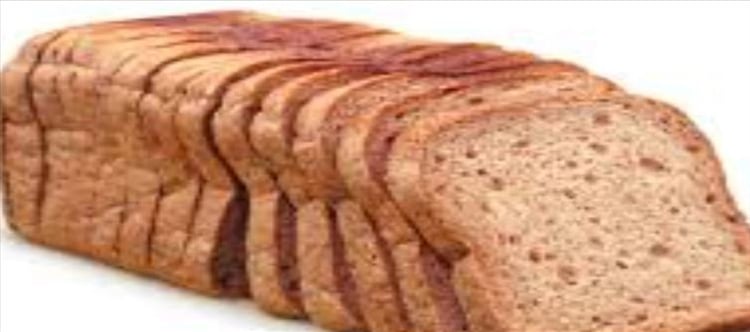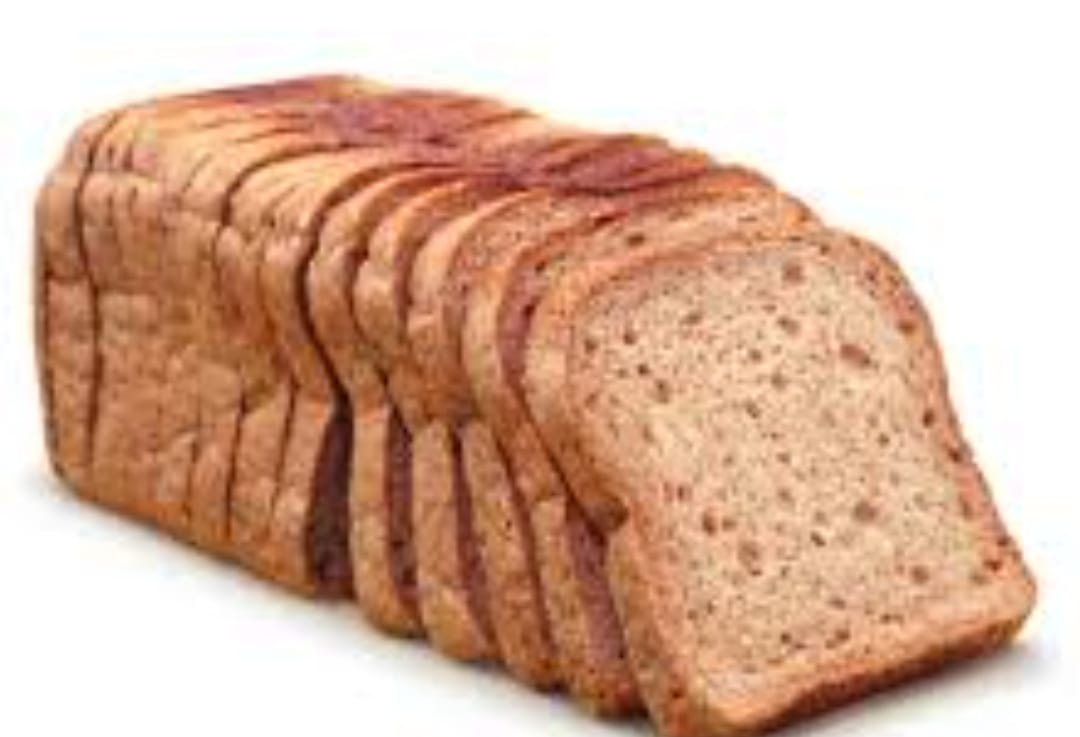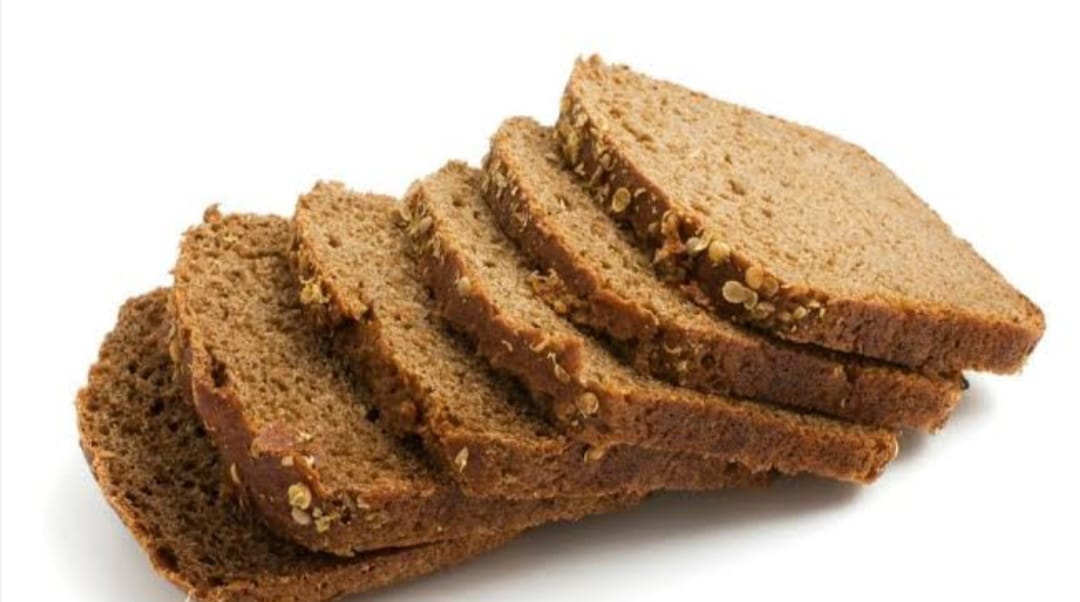
Health Myths And Facts: Does Dark Colour In Brown Bread Come From Wheat? See What Experts Say
To know more about this, the opinion of experts who explained what is the dark color all about and also debunked some myths related to brown bread.
Brown bread
Brown bread has long been a staple in many households, touted as a healthier alternative to its white counterpart. It has been considered a whole-wheat bread made from nutrient-dense wheat. However, some believe that the dark color comes not from the whole wheat but from the caramelised sugar, since roti which is made from whole wheat flour, does not turn brown when cooked.
Composition of Brown Bread
Talking about this, Dietician Garima Goyal said the following:
1. Wheat Foundation: Brown bread is primarily wheat-based, crafted from whole wheat flour. This means it incorporates all three parts of the wheat kernel: the bran, germ, and endosperm. Unlike white bread, which is made from refined flour that excludes the bran and germ, brown bread retains these components, offering a higher nutritional profile.
2. Nutrient Density: Whole wheat flour in brown bread contributes essential nutrients such as fiber, vitamins (B vitamins, for instance), and minerals (iron, magnesium). The fiber content, in particular, is significantly higher compared to white bread, aiding in digestion and providing a sense of fullness.
The Colour Confusion:
One of the key questions regarding brown bread revolves around the color contrast between traditional wheat products and commercial brown bread.
Talking about this, Dietician Umang Malhotra said, "Wheat-based breads are known for their healthy ingredients and often light color. The difference lies in the processing technique rather than the ingredients themselves. Brown bread usually contains whole wheat flour, which retains the bran and germ. However, the unique color is due to a process called the Maillard reaction. As bread dough bakes, its sugars and amino acids interact to create hundreds of new compounds and a unique brown color."
Ultimately, whether brown bread is a caramelized version of white bread or a true whole-grain derivative, the key is for consumers to remain alert, informed, and able to recognize the nutritional authenticity of the foods they choose. While this debate continues, one thing remains certain: considering ingredients and processing methods allows individuals to make healthier, more informed nutrition decisions. So don't judge your bread by its color. Instead, check the ingredients of whole wheat flour. Because there are so many fake breads out there, it's worth reading up on them before eating them," he added.
Health Benefits Of Brown Bread:
In this regard, Dietician Garima Goyal said, "Brown bread, genuinely wheat-based and distinct from caramelized white bread, stands out as a nutritious option in the realm of baked goods. Its whole-wheat composition, rich in fiber and essential nutrients, contributes to various health benefits, including digestive health, heart health, weight management, and blood sugar control."
Talking about other health benefits of brown bread, she further said the following:
1. Rich in Dietary Fibre: The bran in whole wheat contributes insoluble fiber, promoting digestive health by preventing constipation and aiding in bowel regularity. Dietary fiber also plays a role in managing blood sugar levels, crucial for individuals with diabetes.
2. heart Health: Whole grains, as found in brown bread, have been linked to a reduced risk of heart disease. Fiber, antioxidants, and various beneficial compounds contribute to cardiovascular health. Additionally, the magnesium content in whole wheat may help regulate blood pressure.
3. Weight Management: The fiber content and slower digestion of whole wheat can contribute to weight management by promoting a feeling of fullness, and reducing overall calorie intake.
4. Blood sugar Control: Whole wheat has a lower glycemic index compared to refined grains, leading to a slower and steadier rise in blood sugar levels. This can be advantageous for individuals with diabetes.
5. Nutrient Variety: Brown bread provides a spectrum of nutrients, including selenium, manganese, and antioxidants. These contribute to overall health and support various bodily functions.
Other Myths Related To Brown Bread:
Garima Dev Verman, who is a Certified Nutritionist and Medical Content Analyst with The Healthy indian Project (THIP) debunked some common misconceptions and shed light on the truths about brown bread.
Myth 1: Brown Bread Is Always Whole Wheat
Fact: Not all brown bread is created equal. While some brown bread is made from whole wheat flour, others may contain a mixture of refined and whole wheat flour. It's crucial to read the ingredient list to ensure that the bread is indeed made from whole wheat flour.
Myth 2: Brown Bread Is Always Healthier Than White Bread
Fact: While brown bread generally contains more fiber and nutrients than white bread, the overall health depends on the specific ingredients. Some commercially available brown bread may still contain refined flour, added sugars, preservatives, and other additives. It's important to choose brands that use whole grains and minimal additives for a healthier option.
Myth 3: All Brown Breads Are Low In Calories
Fact: Brown bread's calorie content can vary based on ingredients and serving size. Some brown bread may have a similar calorie count to white bread, especially if it contains added sugars or fats. It's essential to check the nutritional information for accurate calorie content.
Myth 4: Brown Bread Doesn't Raise Blood sugar Levels
Fact: While brown bread generally has a lower glycemic index than white bread, it can still impact blood sugar levels. The glycemic index of bread can be influenced by factors such as the type of grains used and food processing. Individuals with diabetes should monitor their blood sugar levels and consider the overall carbohydrate content of their meals.
Myth 5: All Brown Breads Are A Good Source Of Fibre
Fact: The fiber content in brown bread can vary. Some brands may use whole grains, providing a good amount of fiber, while others may use refined flour with added bran for color. To maximize fiber intake, choose brown bread made from 100% whole wheat flour, as it naturally contains more fiber.
Myth 6: Brown Bread Doesn't Contain Additives Or Preservatives
Fact: Commercially produced bread, whether white or brown, often contains additives and preservatives to enhance shelf life and maintain texture. Reading the ingredient list can help you identify the presence of such additives. Opting for artisanal or homemade brown bread may reduce exposure to certain additives.
Myth 7: Eating Brown Bread Alone Guarantees Weight Loss
Fact: While incorporating whole grains like brown bread into a balanced diet can contribute to weight management, weight loss is a complex process that involves overall lifestyle, diet quality, and physical activity. Simply switching to brown bread without considering other aspects of your diet may not lead to significant weight loss.






 click and follow Indiaherald WhatsApp channel
click and follow Indiaherald WhatsApp channel